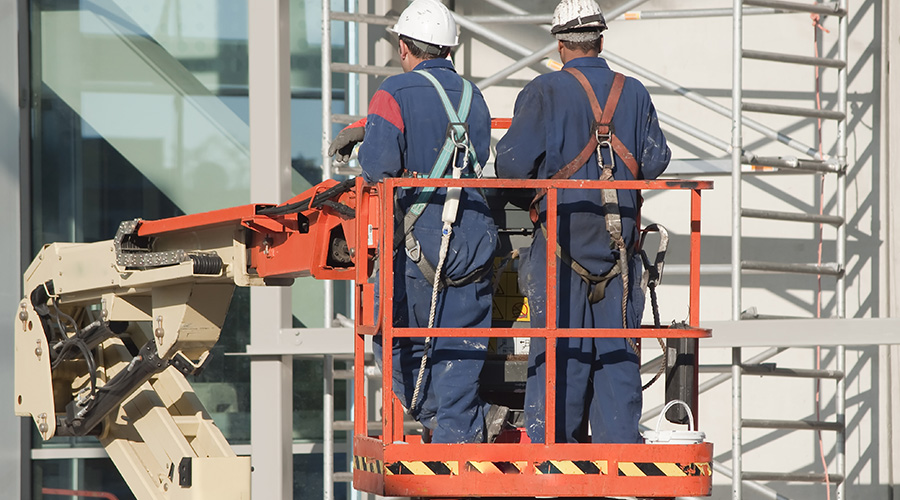New York City Public Schools Rethinking Emergency Plans After Sandy-driven Flooding
The New York City Department of Education is, in a literal sense, rethinking some of its emergency plans from the ground up in the wake of Hurricane Sandy. Paying more attention to basements will yield big dividends if another storm like Sandy hits the city. Water in basements not only caused physical damage; it also wreaked havoc on disaster recovery efforts for a population — 1.1 million students and staff — larger than that of nine states.
In the wake of the storm, 250 public school buildings couldn't be occupied. The problem wasn't damage from the winds, says John Shea, chief executive officer of the division of school facilities. It was issues related to flooding — from flooded school basements to washed out utility lines and seawater-soaked insulation on steam lines — that closed schools.
The water created a gigantic ripple effect when it took down facilities that were expected to play key roles in disaster recovery efforts. One of them was an administration building, a nerve center for the school system. When its basement flooded — to the tune of 7 million gallons of water — the deluge took out the power panels in the basement. Among other issues, that meant no work order system for the facility staff and no database for transportation personnel, who needed to reroute 7,700 buses.
"It was vitally important to get this building back on line as soon as possible," says Shea. "We had the Army Corps of Engineers show up with pumps to try to clear the basement."
The enormous number of schools closed wreaked havoc on plans that had been formed in the aftermath of Hurricane Irene. "We thought that we learned a lot from that," says Shea. "But Hurricane Sandy was much more intense than Irene. Our plans for a tropical storm got thrown out the window when we had to deal with a hurricane and the extent of the flooding that went with it." One example: Many designated relocation sites were themselves shut down.
Of course, water in basements wasn't the only problem. School buildings sheltered 6,000 people displaced by the storm. With bridges, tunnels and subways closed, simply getting employees to work was a monumental challenge for a system with 130 million square feet of space in nearly 1,300 buildings spread out over roughly 300 square miles. Even after the waters subsided, a critical matter was ensuring that the roughly 700 school facilities that serve as polling places would be open for Election Day.
Among problems that can be addressed by planning, many come down to what's in the basement. One step is trying to find other places to store things. Another is documenting the condition of basements and other parts of facilities by sending SchoolStat inspectors, whose usual job is to rate physical conditions in schools, out to take "before" pictures of facilities to help streamline processing of Federal Emergency Management Agency claims.
Physical infrastructure in the basement is an issue that's now being tackled in flooded schools. As schools are repaired, the electrical service is being moved from the basements when possible.
In cases where electrical service is in the basement, it's critical to ensure that power is shut off before floodwaters come in. "I think for the most part our schools did (shut off power)," says Shea. "I know across the city there were some major problems with services that were still live when the water came in, and the damage was therefore much greater."
— Edward Sullivan, editor
Related Topics:



















